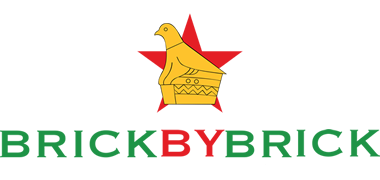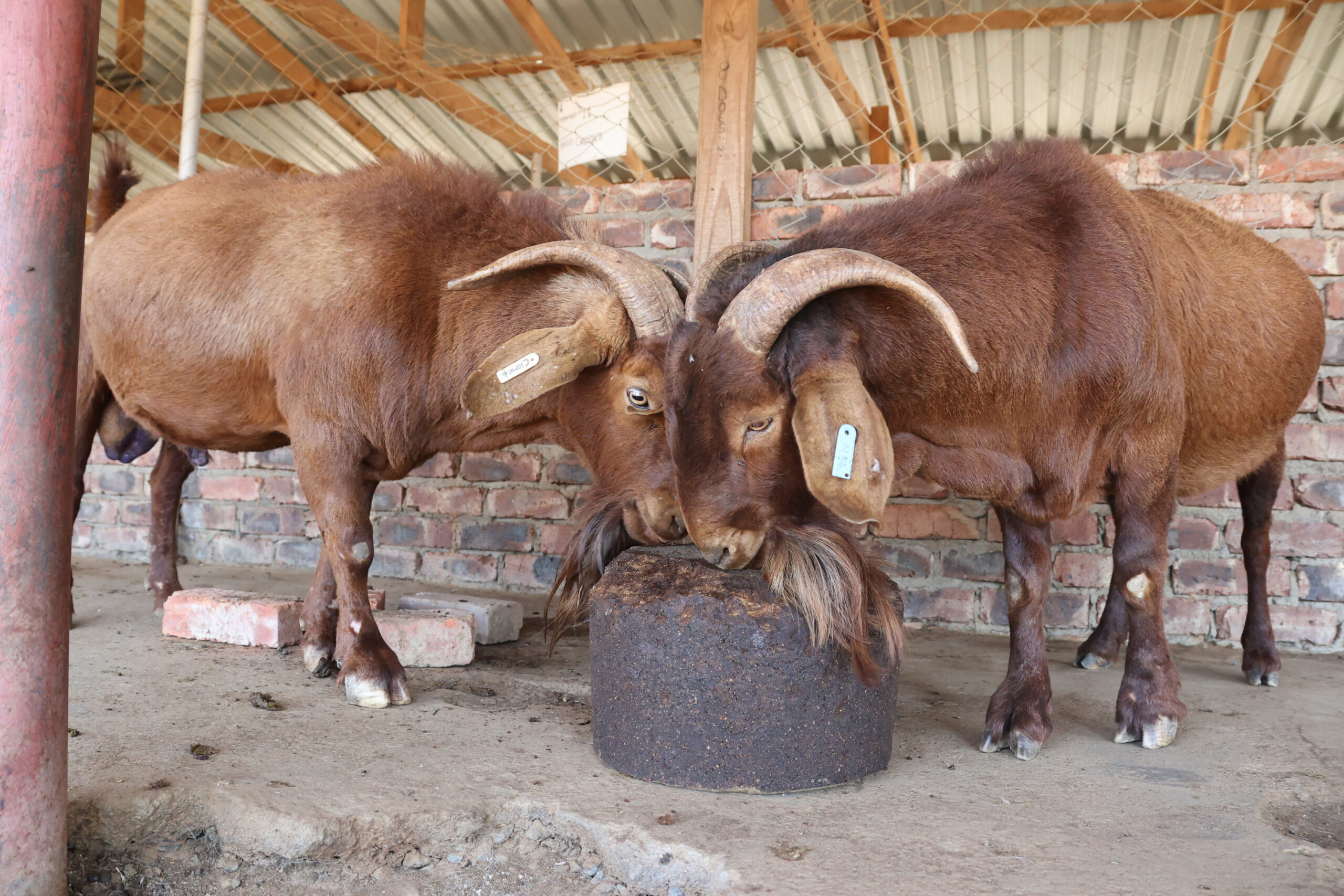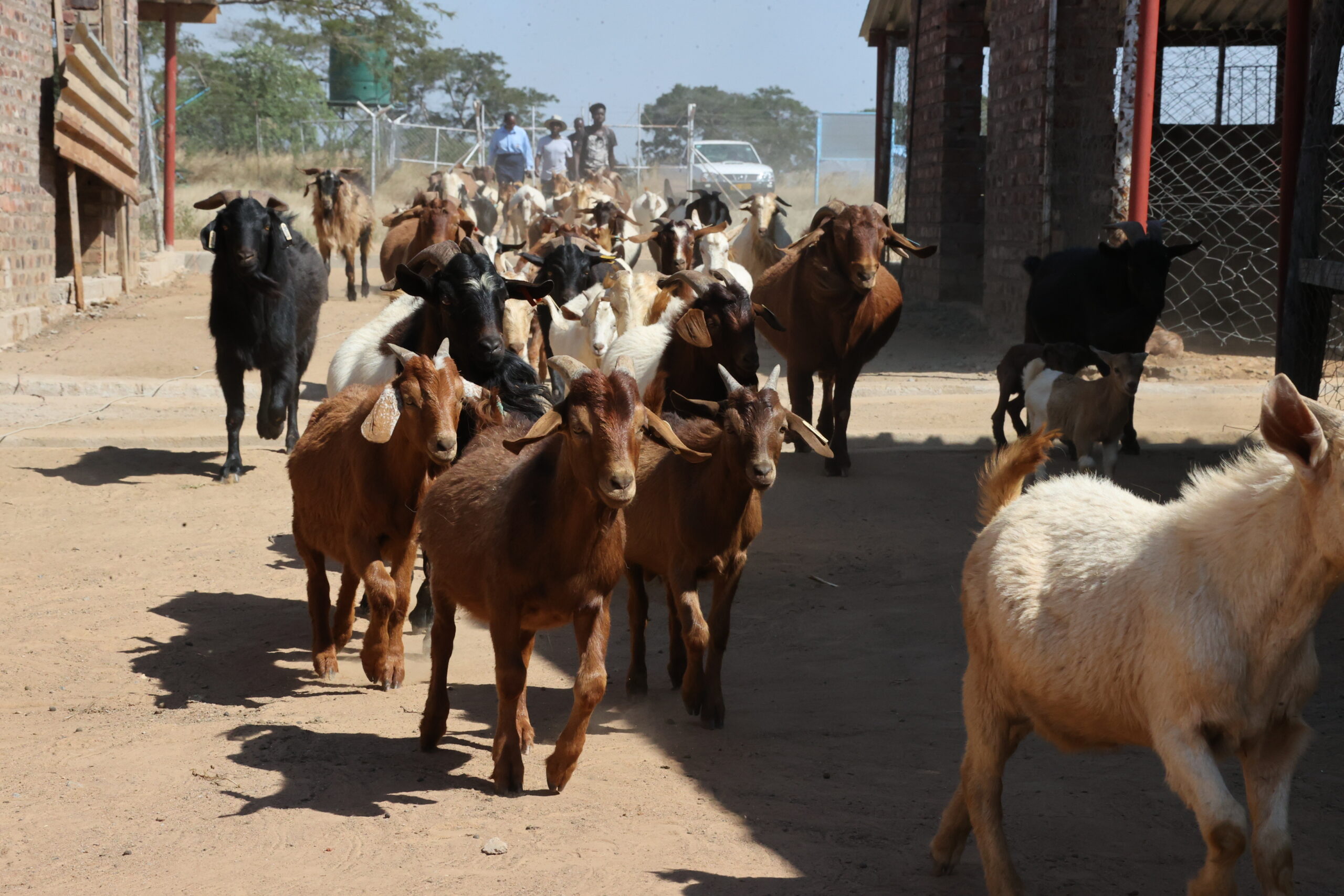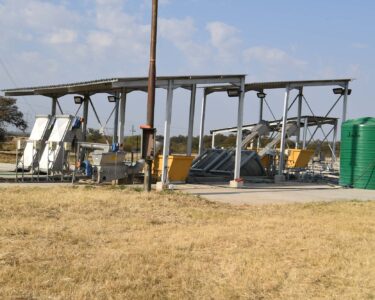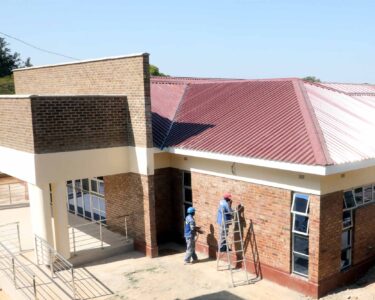In 2020, the Bindura University of Science Education (BUSE) started a goats’ insemination project which has now been taken to another level. Spread over 25 hectares of land in Bindura, the project started with 200 goats and went to 500, before 50 goats were sold to the market, reducing the population to 450. Some of the goats are as big as little cows.
The project has been given 50 hectares of land at Mbire to expand its horizons. As a result, it will have abattoirs in both Bindura and Mbire.
Basically, there are four breeds involved – Boer, Kalahari, Matabele, and Mashona. The Kalahari, massive and strong, is originally from Namibia and has good meat.
The does weigh between 90 and 110 kg on the average, and normally produces two or three kids per doe. There are also crosses with Boer and Matabele. Typically, the Matabele weighs 50 to 65 kg.
Prof Eddie Mwenje, BUSE’s Vice Chancellor, told Brick by Brick that the university had developed its own animal feed, using masawu and moringa as the base of the feed. “Masawu is good for goats,” Prof Mwenje said. “We are targeting this feed for other animals as well.”
Moringa, famous for its medicinal properties, also has a high protein content, according to Prof Mwenje. So, as soya is sometimes difficult to obtain, BUSE decided to use moringa instead of soya in its feed for both goats and chicken.
“Now the beauty of that feed is that you actually don’t buy antibiotics because of the moringa which has got antimicrobial activity,” the Vice Chancellor explained. “It stops all bacteria diseases and so forth. So you don’t need antibiotics for the chickens. And we have proved that there is a good survival rate for the chickens under moringa. And that is an innovation. So we want to set up a plant here in Bindura for moringa feed.”
Before the plant comes to fruition, BUSE is producing moringa feed on a smaller scale for its goats and chickens. The university will soon construct 30 chicken “runs” to expand its poultry project. They want to expand to over 20,000 chickens in the next few months.
“We also want to venture into the artificial insemination of pigs,” Prof Mwenje said. “It should start in June this year. That means we can sell the sows that are already pregnant. And that is transforming populations. Each sow can produce 12 piglets.
“So if you buy a pregnant sow, a good breed pregnant sow, and you start with 12 piglets, you don’t need to spend a lot on feed keeping male pigs. We can just come and do artificial insemination for you or give you the semen. So you reduce on the amount of feed as you don’t need to keep the male ones. That is transformation of lives, isn’t it?
CAPTIONS
Pic 1:
Goats of a different kind: Two of BUSE’s goats at the Bindura insemination centre. They look like little cows
Pic 2
The goats come home to roost: BUSE has developed its own animal feed, using masawu and moringa as the base. “Masawu is good for goats,” said Prof Mwenje, the Vice Chancellor. “We are targeting this feed for other animals as well.”

